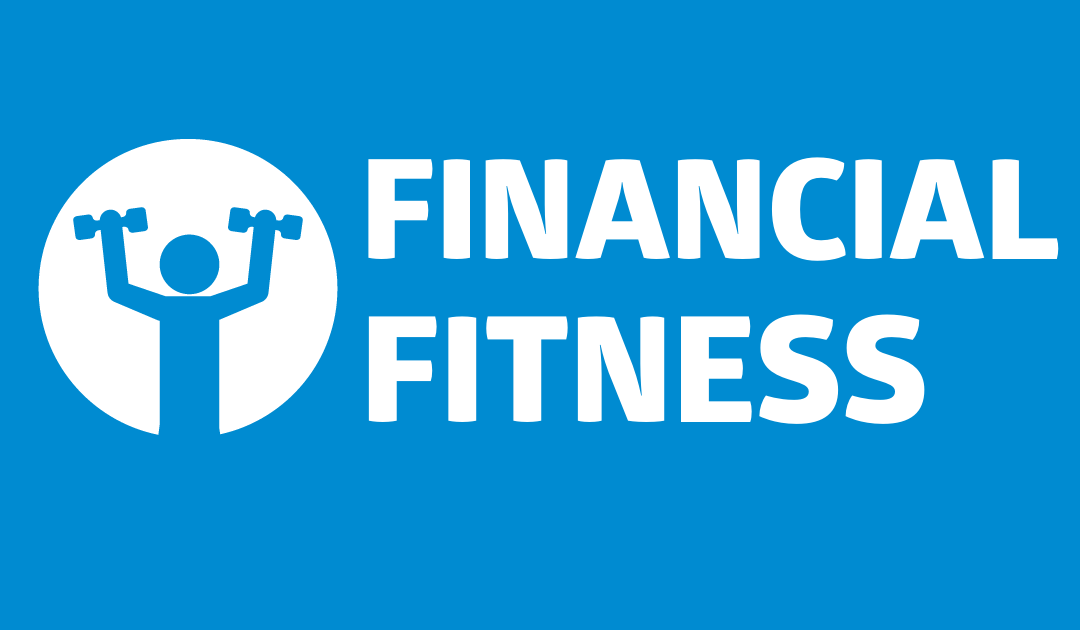By Charlestien Harris
Throughout the pandemic, many clients have asked about the Public Service Loan Forgiveness program and how their student loans will be affected. The Public Service Loan Forgiveness program was created under the College Cost Reduction and Access Act of 2007 to provide indebted professionals a way out of their federal Direct Loans by working full-time in public service.
Unfortunately, this does not include private student loans. However, if you have other federal loans originated under the Federal Family Educational Loan (FFEL) program or the Perkins loan program, you can consolidate those loans into a new Direct Consolidation Loan to qualify. You can learn more about what type of loan you have through the U.S. Department of Education’s Federal Student Aid website.
One of the qualifications for the PSLF program is repaying your student loans through a qualified student loan repayment plan. To maximize your PSLF benefit you can repay your loans on the Income-Based Repayment (IBR) Plan, the Pay as You Earn Repayment Plan (PAYE) or the Income Contingent Repayment (ICR) Plan, all of which qualify you for PSLF. Another qualification is making the required 120 on-time, full, scheduled, monthly payments on your Direct Loans. Only payments made after October 1, 2007, qualify.
In addition to making those payments under a qualifying repayment plan, you must be working full-time at a qualifying public service organization. On Jan. 20, 2021, the 0% student loan interest rate and suspension of payments on federal student loans owned by the U.S. Department of Education were extended through at least Sept. 30, 2021. These relief measures, which began March 13, 2020, are intended to provide some financial flexibility during the pandemic to borrowers with loans owned by the federal department of education.
If you made a payment between March 13, 2020, and the end of the payment suspension period and would like a refund, you can call your servicer to request that the funds be returned. Even if you get a refund, that payment still counts toward PSLF, as long as all other qualifications are met. If you reach 120 qualifying payments during the payment suspension period, you can still apply for and receive forgiveness at this time. However, you must be working full-time (either 30 hours or what your employer considers to be full-time, whichever is greater) for a qualifying employer at the time you submit the PSLF application and at the time the remaining balance on your loan is forgiven. You can also meet the full-time requirement by being employed part-time for multiple employers, but they must all be qualifying employers. If you are eligible for forgiveness, the amount forgiven will be the principal and interest that was due after you made your 120th qualifying payment.
The best way to benefit from and to confirm you are meeting PSLF requirements is to submit your PSLF form annually. You must print it, sign it, have your employer sign it, and mail it to the address below. You can also fax it to (717) 720-1628.
U. S. Department of Education
FedLoan Servicing
P.O. Box 69184
Harrisburg, PA 17106-9184
Always keep a copy of any submitted paperwork for your documentation. It is also important to remember you must recertify on time, because any payments you make after the payment suspension period ends won’t count toward PSLF. However, no one will have to recertify their income before the end of the COVID-19 emergency relief period, regardless of whether the recertification date would have happened prior to the end of the relief period. The payment suspension will allow your new recertification date to be automatically reset from your original recertification date. You will be notified of your new recertification date before it is time to recertify.
Please be aware that one of the major loan servicing companies will be discontinuing their service and will not be extending its federal student loan servicing contract with the Department of Education once it expires in December. The Pennsylvania Higher Education Assistance Agency agreed to continue working with the Office of Federal Student Aid until all its borrowers are transitioned to a different servicer. PHEAA, which operates as FedLoan Servicing, currently manages loans for 8.5 million borrowers and services the Public Service Loan Forgiveness and Teacher Education Assistance for College and Higher Education Grant programs. Please continue to follow this information carefully because this huge change will affect numerous student loan borrowers. I plan to continue to keep my readers informed so please stay tuned as I discover and share the latest updates concerning this and other financial topics. Until next week, stay financially fit!

